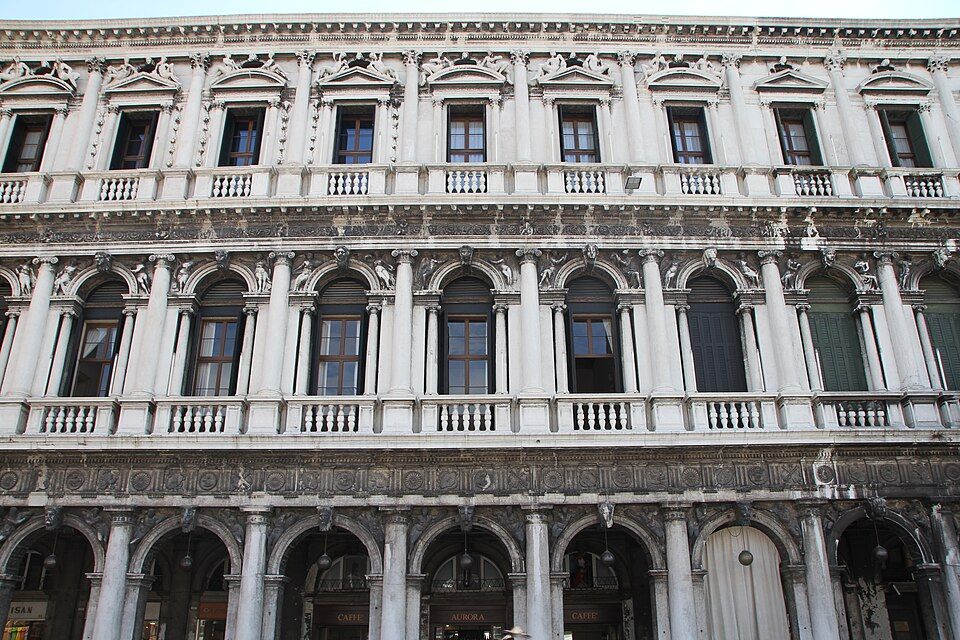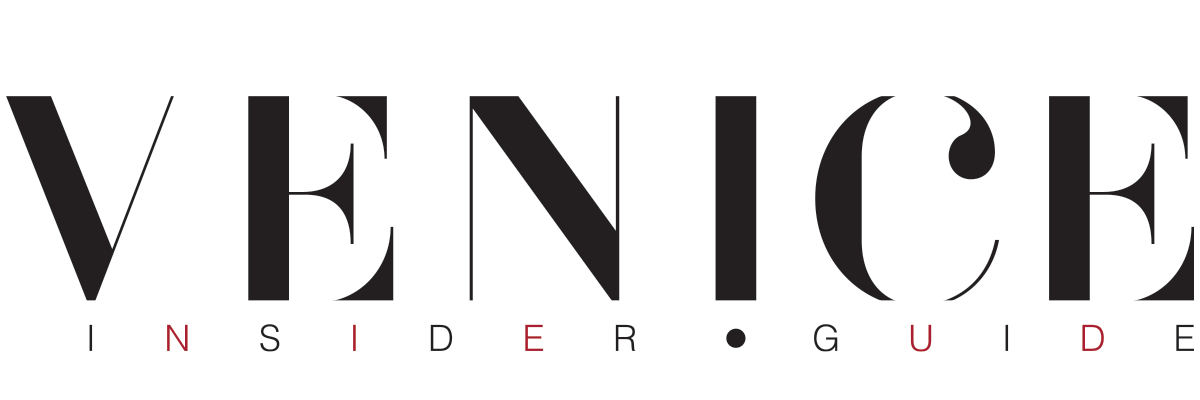Hey dear traveler, the news is official: the National Archaeological Museum of Venice is reopening its doors after a whopping 26 years of closure!
Let’s discover everything in this guide by Venice Insider Guide.
The Archaeological Museum of Venice Italy reopens after 26 years

Starting May 6, 2025, you'll finally be able to explore this treasure trove of ancient wonders in the very heart of La Serenissima.
The independent entrance through the Agrippa Courtyard at 17 Piazzetta San Marco has been restored and reopened, marking the beginning of a new era for archaeology in Venice.
What is the Archaeological Museum of Venice?
The National Archaeological Museum of Venice is one of the oldest public museums in Europe, founded in 1587 and opened to the public in 1596.
Located in the Procuratie Nuove in St. Mark’s Square, the museum hosts an extraordinary collection of ancient art, including Greek and Roman sculptures, ceramics, bronzes, gems, coins, and artifacts from various Mediterranean civilizations.
The collections are the result of the antiquities passion of illustrious Venetian families such as the Grimani and the Contarini, who donated their personal treasures to the city.
Where is the Archaeological Museum of Venice?
The museum is located in a prime spot in the heart of Venice, precisely at Piazza San Marco, 17/52. The main entrance is in the Procuratie Nuove, next to the Correr Museum and the National Library of St. Mark.
Thanks to the reopening of the Agrippa Courtyard, visitors can now enter the museum directly without having to go through the Correr Museum, offering a more independent and archaeology-focused experience.
Tickets for the Archaeological Museum of Venice
The Archaeological Museum of Venice is part of the St. Mark’s Square Museums circuit. Entry is included in the integrated ticket that also covers the Correr Museum, the Monumental Rooms of the Marciana Library, and the Archaeological Museum itself.
The standard ticket costs €25, with discounts available for students, seniors over 65, and groups.
Residents of the Municipality of Venice can access the museum for free.
Archaeological Museum Venice opening hours
The museum is open daily with the following hours:
- From april 1st october 31st: 10:00 AM – 6:00 PM (last entry at 5:00 PM)
- From november 1st march 31st: 10:00 AM – 5:00 PM (last entry at 4:00 PM)
The museum is closed on January 1 and December 25.
What to see at the Archaeological Museum of Venice
The museum’s exhibition route winds through 20 themed rooms, offering visitors a fascinating journey through ancient civilizations.
Some of the most significant highlights include:
- The Grimani Statuettes, delicate Greek female figures from the 5th century BC, with intricately carved drapery.
- The Grimani Gauls, three dramatic Hellenistic sculptures depicting Gallic warriors in varied, emotional poses.
- A vast collection of Roman portraiture, including busts of emperors such as Trajan, Hadrian, and Caracalla.
- Egyptian and Mesopotamian artifacts, including mummies, stelae, and ritual objects.
What does the Archaeological Museum of Venice Contain?
The museum houses a rich array of artifacts from various eras and civilizations:
- Original Greek sculptures and Roman copies of classical works
- Attic black-figure and red-figure pottery, Etruscan vases, and bucchero ware
- Greek, Roman, and Byzantine coins, with a numismatic collection of over 9,000 specimens
- Engraved gems, cameos, bronzes, and Roman ivory pieces
- Egyptian artifacts, including statuettes, amulets, ushabtis, and two mummies
National Archaeological Museum Venice in Mark Square
The National Archaeological Museum, located in Mark Square, Venice, Italy, is one of the oldest and most important public museums in Europe.
Known officially as the Archaeological Museum of Venice, this cultural landmark offers a unique window into ancient art in Europe, boasting a prestigious archaeological collection that includes Greek and Roman sculptures, Roman portraits, and an exceptional array of bronzes, ceramics, gems, and coins.
This museum of Venice stands proudly within the architectural splendor of Mark Square, right next to the entrance from the Museo Correr, forming part of a greater museum complex.
The opening hours are seasonal: from April 1st to October 31st (summer opening hours) the museum welcomes visitors from 10 AM to 6 PM, while from November 1st to March 31st (winter opening hours) it closes an hour earlier, at 5 PM. It is closed on January 1st and December 25th, though open throughout the rest of the year—except January 1st, of course.
The archaeological museum houses several noteworthy spaces, such as Room II, where remarkable Roman sculptures and bronzes from the Julio-Claudian dynasty are exhibited, offering insight into the imperial art of early Rome. Another gem is Room IX, showcasing stately busts of Roman emperors, including portraits dating to the time of Marcus Aurelius’ death in Rome, alongside the story of Gaius Fulvius Plautianus, a relative by marriage with a brilliant military career.
This archaeological museum of Venice owes much of its origin to Cardinal Domenico Grimani, whose private collection formed the foundation of the exhibits. In the 16th century, when Venice was culturally lagging behind Rome, the Cardinal's vision changed everything. He envisioned a space where Venetian collectors could exhibit antiquities, similar to what collectors could exhibit ancient vases and statues in central and southern Italy. By the 18th century, Venetian collectors could exhibit with pride, displaying ancient sculptures and rare objects that rivaled any archaeological museum elsewhere.
The museum also includes items from Egyptian and Assyrian-Babylonian cultures, bridging the classical Mediterranean with the great eastern civilizations. Among its more modern references is the Marc Quinn stele, a piece that marks the evolving narrative of archaeological display from antiquity to contemporary reinterpretation.
Whether you're fascinated by the women of the Julio-Claudian dynasty, the symbolic bronze banner holders, or how century Venetian collectors could shape art history, the National Archaeological Museum in Mark Square remains a must-visit destination in Venice.
Archaeological Museum of Venice: A new chapter for venetian archaeology
The reopening of the National Archaeological Museum of Venice marks the beginning of a new chapter for archaeology in the lagoon city.
The museum is now part of the newly formed system of National Archaeological Museums of Venice and the Lagoon, which also includes the Museum of Palazzo Grimani, the Archaeological Park of Altino, and the future Lagoon Archaeological Museum on the island of Lazzaretto Vecchio.
This museum network aims to enhance Venice's archaeological heritage, offering a dynamic, integrated narrative of the city and its lagoon’s ancient past.

